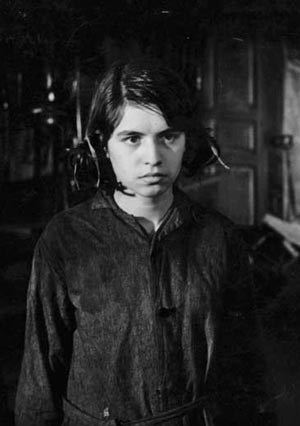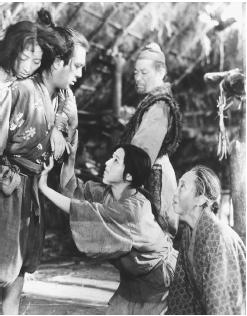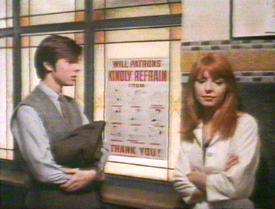In his most recent entry for the Chicago Reader's often interesting On Film blog, Jonathan Rosenbaum, currently at Rotterdam, takes time in his brief update to muse on applying the "new" label to films, having seen Jia Zhangke's Still Life at its premiere at a festival a year ago, only to find it at Rotterdam this year as a "new film." Rosenabum then divulges that he purchased a DVD of the film, which is available on the Chinese black market (the only way to find many of the director's films in his native country) for 60 cents
.
So is this a new movie or an old one? I'm reminded of when Chantal Akerman's Jeanne Dielman, 23 quai du Commerce, 1080 Bruxelles finally premiered in trendy New York in the 1980s, seven years after it premiered in Europe, and some reviewers were calling it "the new Chantal Akerman film."So what defines "newness?" The Thai kitsch-western Tears of the Black Tiger, made in 2000 and shown at Cannes in 2001, will be appearing in Chicago and various other cities this year via the Landmark Theatres chain. There has been a seven-year gap between the movie's creation and its release here. Tears of the Black Tiger is a product of 2000, or rather the bastard child of the late-1990s (mainstream) mentality of film history as a set of moods and color schemes to be venerated or subverted and the cheap hyper-stylization of 2000s Asian cinema.
Though Jeanne Dielman could concievably have been the "new Chantal Akerman film" (as L'Intrus was "the new Claire Denis film" around these parts), Tears of the Black Tiger is not the "new Thai action comedy" because it defines a Thailand of the recent past. It is a question of emphasis and analysis--with a mainstream film like Tears, we tend to focus on how it defines its time and place. But is that where our attention should be? Shouldn't we analyze everything equally--shouldn't Jeanne Dielman concievably then have been "the new Belgian film?" Or is a question of national myopia, or possibly familiarity and context?
Newness suggests oldness. But the fractured nature of history renders ideas such as "new" and "old" meaningless. There is, perhaps, only that which is current (immediate) and that which requires context (distant, historical).











